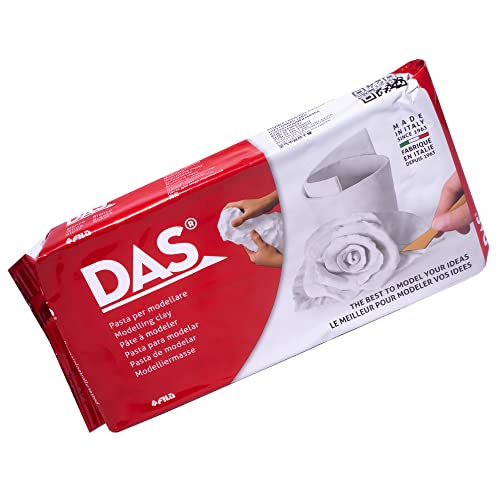Understanding the problem: Different types of cracks in modeling clay
Modeling clay, also known as polymer clay, is a popular medium in art and craft. However, it can be frustrating to see your masterpiece develop cracks, ruining all your hard work. Before jumping to solutions, it’s essential to understand the different types of cracks, which include stress cracks, drying cracks, and overbaking cracks.
Solution 1: Preventing cracks through proper conditioning
Prevention is always better than cure, and the same is true for modeling clay cracks. Proper conditioning of the clay before use is one of the most effective ways to prevent cracks. Kneading the clay for at least ten minutes makes it more pliable, reducing stress cracks. Additionally, you can add a little bit of plasticizer or clay softener to the clay to reduce drying cracks.
Solution 2: Fixing cracks through smoothening and patching
If the cracks have already formed, there are a few ways to fix them. Smoothening the surface of the clay with your fingers or a modeling tool can reduce cracks. For more significant cracks, applying a small amount of liquid clay over the crack and then baking it can effectively patch up the crack. Make sure to bake the clay for the recommended time and temperature to avoid overbaking cracks.
Solution 3: Repairing cracks through sanding and reshaping
If the crack is too significant to be fixed through smoothening or patching, sanding the affected area gently can help repair it. Reshaping the area by adding more clay and blending it with the existing clay can also be an effective solution. However, make sure to blend the added clay seamlessly into the existing clay to avoid further cracks.
Solution 4: Taking care during the baking process
Overbaking the clay can lead to cracks, commonly known as overbaking cracks. To ensure that the clay is baked correctly, accurately follow the instructions on your clay packaging. Additionally, avoid baking the clay near the edges of the oven and placing it directly on baking sheets, which can cause uneven heating and overbaking.






